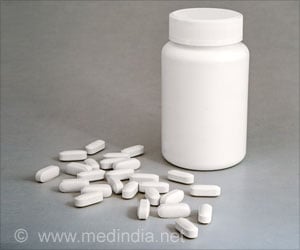An experimental drug named "NU-9" was found to repair the axons of diseased upper motor neurons in the ALS mouse model.

Drug Invented to Treat ALS
The drug NU-9 was invented by Richard B. Silverman, the Patrick G. Ryan/Aon Professor at Northwestern, and animal studies were carried out by P. Hande zdinler, associate professor at Northwestern University Feinberg School of Medicine.‘NU-9 lengthens axons of diseased neurons better than current FDA-approved drugs. The effect is enhanced when given in combination with existing drugs.’
Read More..




The research, published recently in Scientific Reports, showed that NU-9 lengthened the axons of diseased upper motor neurons in a SOD1 ALS mouse model. This new finding of lengthening axons of diseased neurons further illustrates NU-9’s benefits.Read More..
The axon is the segment of the upper motor neuron that connects the brain to the spinal cord and makes the corticospinal tract, which degenerates in ALS patients. Deteriorating axons contribute to the swift and fatal paralysis of ALS patients.
“For a drug to be effective, it is important for that drug to improve axon outgrowth and axon health,” said co-lead study author Ozdinler. “This is very important for connecting the brain and the spinal cord and for revitalizing the motor neuron circuitry that degenerates in patients.”
In ALS, movement-initiating nerve cells in the brain (upper motor neurons) and muscle-controlling nerve cells in the spinal cord (lower motor neurons) die.
Factors and Clinical Trials
In research published last year, Northwestern scientists showed NU-9 improved two important factors that cause upper motor neurons to become diseased in ALS: protein misfolding and protein aggregation inside the cell. Both these factors become toxic to the neuron and are common in ALS patients and neurodegeneration overall.That research showed the NU-9 compound stopped neurons from degenerating so much that the diseased neurons became similar to healthy control neurons after 60 days of treatment in two different mouse models of ALS.
Advertisement
“If everything goes well, we hope to start with healthy volunteers in a Phase 1 clinical trial early in 2023,” said co-lead study author Silverman.
Advertisement
“NU-9 has a new mechanism of action, and it needs to be tested in humans for its efficacy in the treatment of ALS,” Silverman said.
“It is a long process — possibly 10 to 12 years — to discover and bring a new drug to the market,” he said. “But this drug has us very excited and hopeful about its possibilities to improve the lives of ALS patients, who have been without hope for so long.”
Source-Medindia









